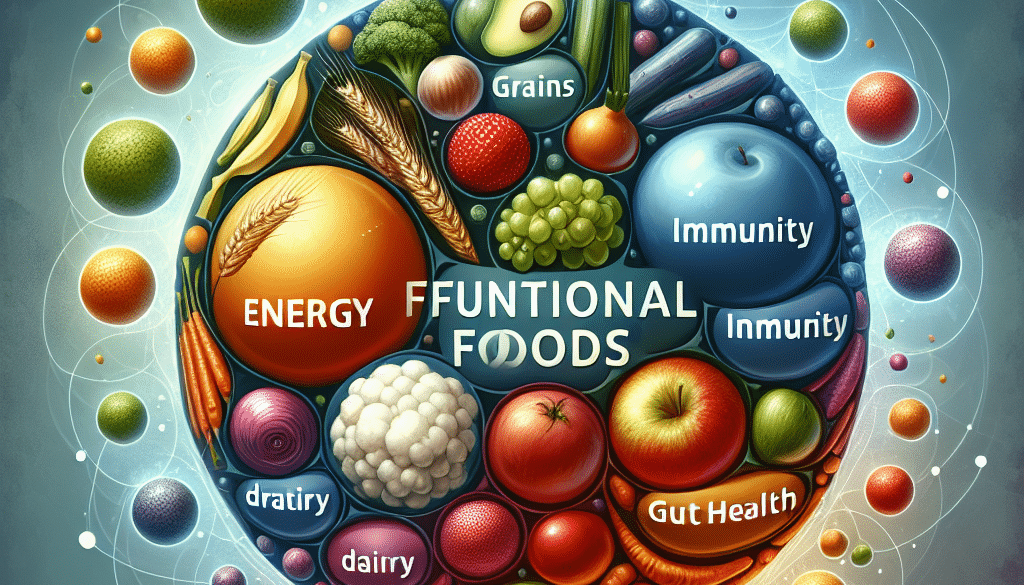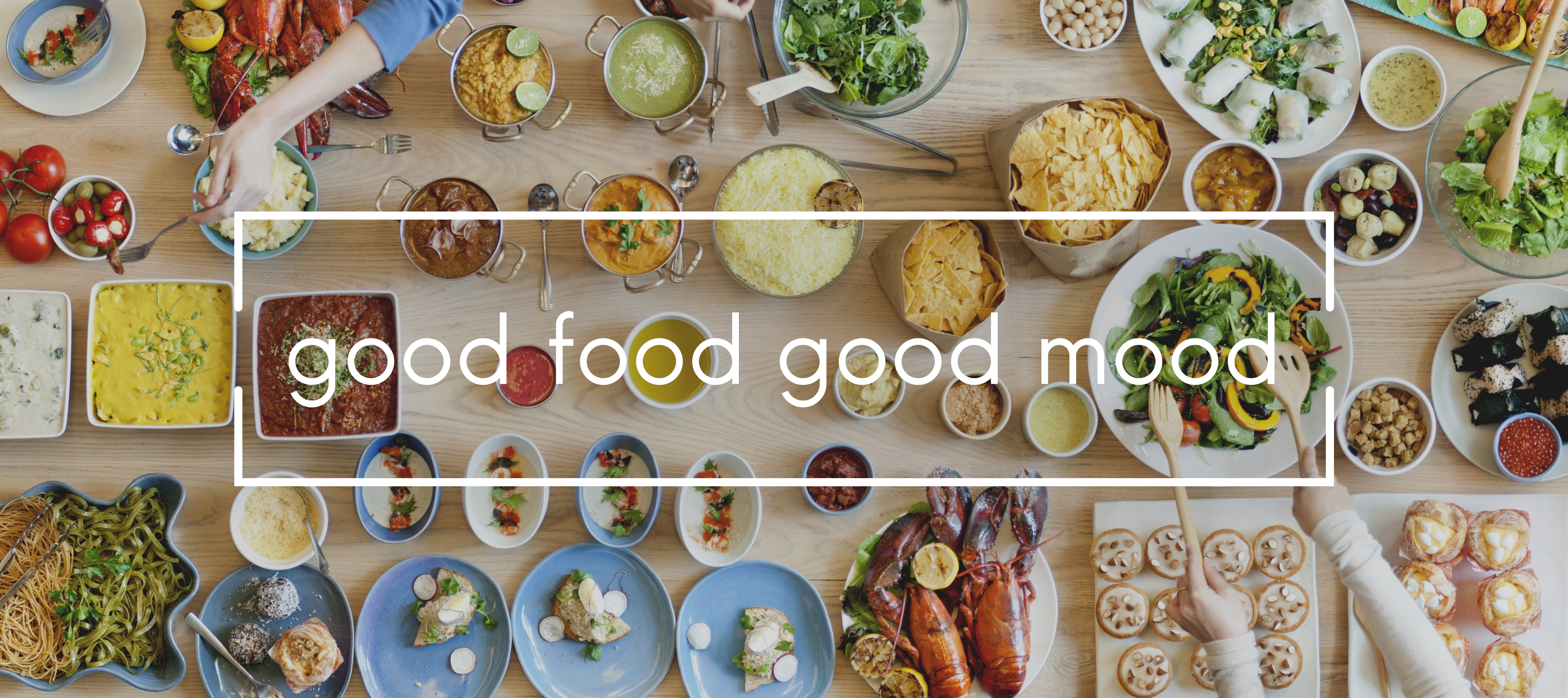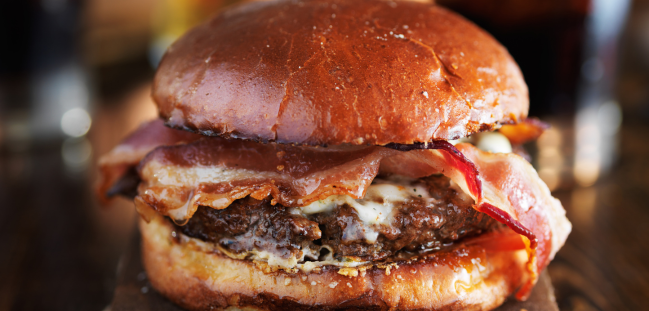The food industry is always changing, and 2025 is looking to be a year full of inventive, creative, and health-conscious culinary trends. These trends, which range from sustainability to cutting-edge technology, are a reflection of our shared endeavor to make eating more enjoyable and responsible as well as our rising awareness of global issues. Here, we explore some of the most well-liked culinary trends of 2025 that are transforming our perceptions of food and enticing palates.
(toc)
2.0 Plant-Based Revolution
Expect seeing:
Food will serve as medicine in 2025 in addition to being fuel. Functional meals are becoming more and more popular since they are made to enhance both mental and physical wellness. Ingredients that improve immunity, lessen stress, and support gut health are sought after by consumers.
- Extremely lifelike meat alternatives: Businesses are creating plant-based proteins that have the flavor, texture, and even marbling of genuine meat by utilizing cutting-edge culinary technology.
- Alternatives to seafood: The market for plant-based seafood is expanding, offering anything from jackfruit "fish" tacos to shrimp made from algae.
- Vegetable-based recipes: Rather of hiding vegetables, chefs are showcasing their inherent tastes and textures via inventive treatments that accentuate their distinctiveness.
Wellness-Promoting Functional Foods
Trends in functional foods that are popular include:
Thanks to advancements in cellular agriculture, lab-grown food is now widely available. As ethical and ecological substitutes for conventional farming, lab-grown beef, poultry, and even dairy products are becoming more and more popular.
- Before and after probiotics: More people than ever are enjoying fermented foods like kombucha, kefir, and kimchi.
- Adaptogenic components include:. Reishi and lion's mane mushrooms are being used in anything from protein bars to coffee.
- Snacks with added nutrients: Vitamin-, mineral-, and antioxidant-enriched chips and cookies provide a guilt-free treat.
Delicacies Grown in Labs
Important advancements in this field include:
Sustainability is a need, not simply a trendy term. By 2025, both professional chefs and household cooks are being impacted by the zero-waste movement. Utilizing all of an ingredient's components is intended to reduce food waste.
- Cost-effectiveness: Prices for lab-grown meat are declining, allowing more people to purchase it.
- Increased product offerings: Exotic meats like wagyu and foie gras are now available as lab-grown alternatives to beef and chicken.
- Impact on the environment: Lab-grown meals are one way to fight climate change since they use a lot less resources.
Kitchens with Zero Waste
Among the creative zero-waste methods are:
The food sector is still undergoing a change thanks to technology, which is personalizing and enhancing eating experiences. By 2025, technology is improving every aspect of eating, including food preparation.
- Root-to-stem and nose-to-tail cooking: Making inventive use of every aspect of plants and animals.
- Recycling and composting: Restaurants are repurposing food leftovers and incorporating composting systems.
- Packaging that is edible: Traditional plastic wrappers are being replaced by edible and biodegradable ones, which will improve eating experiences and reduce waste.
Dining with Technology
New developments in technology include:
In 2025, culinary exploration will have no boundaries. Even if foreign flavors are still popular, combining foods from other countries with those that are locally obtained is becoming more and more fashionable. This movement promotes local economies while celebrating diversity.
- AI-driven meal planning: Devices and apps that customize meal plans to meet each person's dietary requirements and health objectives.
- Intelligent kitchens: Cooking is made easier by devices like voice-activated devices and AI ovens.
- Immersion eating: Technology and gastronomy are being combined to create holistic eating experiences through the use of virtual reality (VR) and augmented reality (AR).
International Tastes with a Regional Twist
Among the examples are:
Foods that improve mood and cognitive performance are highly sought after in a time when mental health is receiving more attention. These foods help you feel good in addition to tasting nice.
Popular meals that improve mood include:
- Fusion cuisine: Consider sushi burritos, Indian-spiced burgers, and kimchi tacos.
- Local sourcing: Replicating traditional cuisines from distant locations with local ingredients.
- Moral narrative: Menus that emphasize the sustainable source of products and their cultural roots.
Foods That Improve Mood
Popular meals that improve mood include:
- Dark chocolate: Rich in antioxidants and well-known for raising serotonin levels.
- Ingredients high in omega-3: Walnuts, flaxseeds, and fatty fish are good for the brain.
- Infusions of herbs: Soothing herbs like lavender and chamomile used to teas and tonics.
Advanced Technology in Agriculture
Among the advancements are:
- AI-powered farming: Utilizing precise technologies to maximize productivity and monitor crop health.
- Aeroponics versus hydroponics: Soilless farming methods that optimize space and conserve water.
- Farm-to-table applications: Putting customers and urban farms in close contact to deliver ultra-fresh fruit.
Homemade Gourmet
Popular do-it-yourself trends include:
- A variation on meal kits: High-end meal packages using uncommon and unusual components.
- Baking as a kind of therapy: Bakers at home experimenting with handmade cakes, pastries, and bread.
- Online cookery courses: Online courses taught by famous chefs and food specialists.
A New Definition of Decadence
Here are some instances of redefined decadence:
- Everything is artisanal: From small-batch chocolates to cheeses made by hand.
- Fine eating that is environmentally friendly: Upscale eateries with zero-waste, sustainable tasting menus.
- High-end plant-based recipes: Gourmet plant-based dishes that are on par with classic treats.
Meal Snacification
Among this trend's highlights are:
- savory protein bars: These bars are made with ingredients like spicy chickpeas or smoked salmon, which provide a change from sweet.
- Transportable superfoods: Single-serve packs of dried fruits, nuts, and seeds that are intended to be consumed while on the go.
- Mini-meal bundles: Snacks that come in preportions and blend complementing nutrients and tastes.













